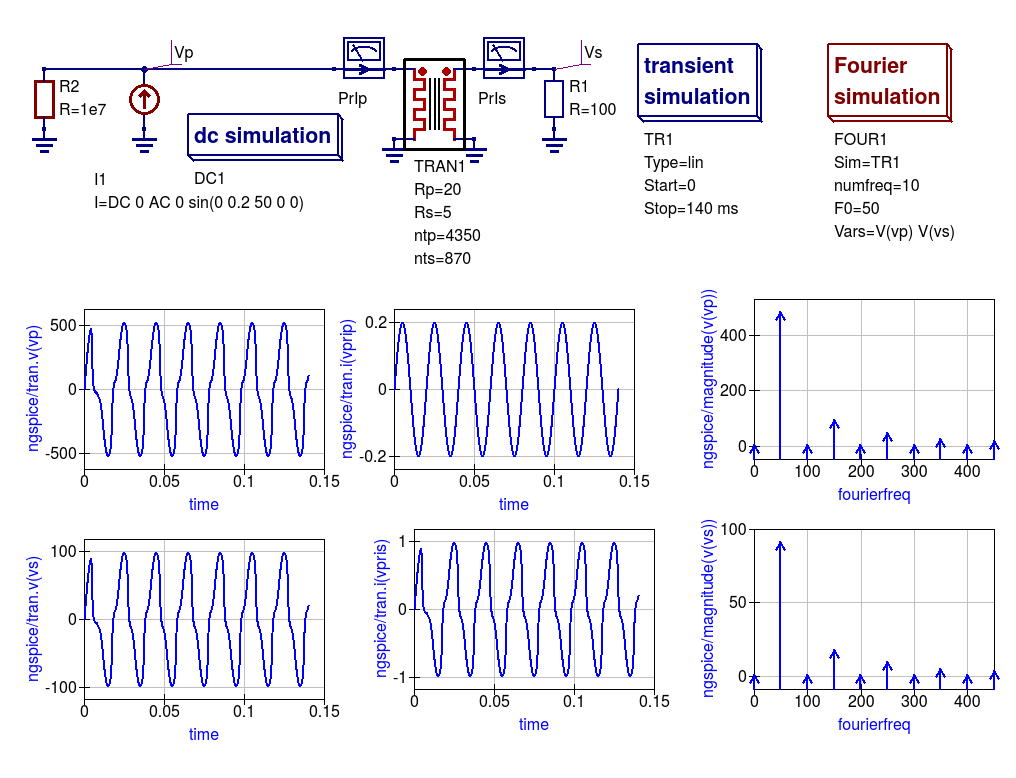
Roottr.anchoredPosition = new Vector2(-11, 213) Ĭir.GetComponentInChildren().text = t.GetValue().ToString() Ĭir.GetComponent().anchoredPosition = new Vector2( - Level * 55, Public void GenrateTreeUI(BinNode t, bool right, int Level)Ĭir = Instantiate(CirclePrefab, new Vector2(0, 0), Quaternion.identity) Ĭir.transform.SetParent(ansform) I spend a lot of time in devising and implementing the automatisms.I need to introduce new parameters governing the automatisms that are even harder to grasp for the average user.About one in thousand users will run into a horrible problem with the automatisms that is much more difficult to solve than the above.About fifty a thousand users (including the above) miss an opportunity to learn rudimentary knowledge about how integrators work and reading documentations.About twenty in a thousand users will not run into problems like yours.You might ask yourself: Can these parameters not be chosen more dynamically? As a developer and maintainer of an integration module, I would roughly expect that introducing such automatisms has the following consequences: You can usually tweak these parameters, but if you don’t, there need to be some default values and these default values are chosen with the above setup in mind. The step-size adaption in turn is governed by a lot of parameters like absolute tolerance, relative tolerance, minimum time step, etc. The reason for the above behaviour of integrators is that they use step-size adaption, i.e., the integration step is adjusted to keep the estimated error at a defined level. This typically fails for astronomical simulations where the orders of magnitude vary and values as well as time scales are often large in typical units. the smallest time scale of your dynamics also has the order of magnitude 1.your dynamical variables have the same order of magnitude.Each section is explained below.Most, if not all integration modules work best out of the box if: The file contains on optional DefaultSymbol section, followed byĬomponent sections. The first line specify that this file is a Qucs library file generated by QucsĠ.0.14 and that the library is named “Ideal”.

The x and y are the location of the marker.The axisside is an integer indicating on which side the Y axis.The numberformat is an integer that specify how the number areįormated (0 for real/imag, 1 for polar/deg and 2 for polar/rad).The precision specify the number of digits used when displaying.The color, thickness and style refers to the pen used to.The graphvar specify the variable this graph is plotting for.SP for a upper-half mixed polar/smith diagram.




 0 kommentar(er)
0 kommentar(er)
